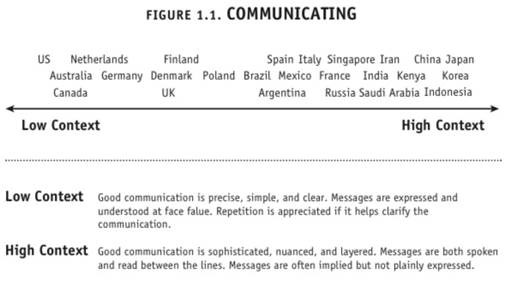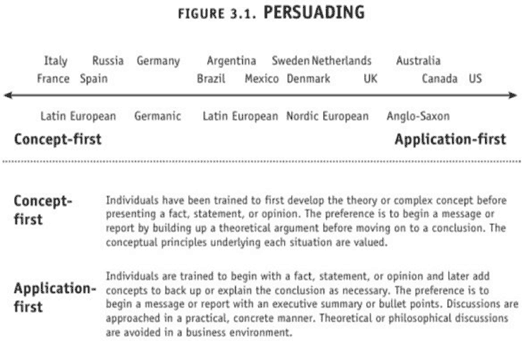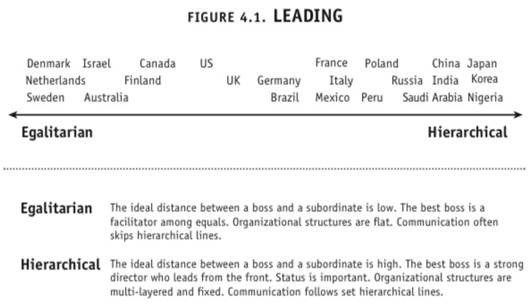As ‘kiwis’, we all live and work to a set of ingrained social norms. We take these norms for granted and often forget that colleagues from different cultures may function quite differently. Understanding cultural differences can improve our working relationships.
For example:
- Will it be obvious to your colleagues from other cultures that you are joking and should not be taken literally?
- How will your colleagues react to negative feedback? Should you be direct or more discrete?
- Are your colleagues best persuaded by big-picture concepts, or do they first need to see practical examples?
- Are your colleagues accustomed to typical non-hierarchial Kiwi workplaces, or do they expect clear lines of seniority?
The book, Culture Map, by Erin Meyer, explores these invisible boundaries when working within a global workforce.
Low context vs high context
Kiwi’s tend to be more low context – ‘tell it how it is’ and give a message at face value. We value repetition and re-capping as it clarifies the important facts. This compares to high-context cultures, such as the Japanese, African and Saudi Arabians. Their messages are often multi-layered. You need to read between the lines and recognise that messages are often implied but not stated directly. For example, in a kiwi meeting, we will be clear about who needs to do what. There will be minutes taken and a recap at the end of the meeting. In high-context cultures, repeating instructions or asking direct questions could be taken as impolite or insulting.
To help avoid misunderstandings, the book recommends acknowledging these differences up-front. For example, you could say, “New Zealanders tend to be quite direct and are not very good at reading between the lines, so apologies if I’m speaking out of turn, but are you saying that….”
Giving feedback
If you have been on the receiving end of blunt and direct feedback, it can be confronting. Kiwis tend to ‘soften the blow’. Instead of stating to a colleague that you think their idea isn’t very good, you would probably say “perhaps we could consider some other options?“. The Dutch, Germans and Scandanavian cultures are more direct and would take the reply of exploring other options to mean, “They haven’t decided yet“. An interesting point was that low and high-context cultures don’t always correspond with direct and indirect feedback!
Learning preferences
Do you prefer to understand the concept of an idea first, or would you prefer to begin with a practical application and then learn the concept after?
In New Zealand, America and Australia schools we tend to get taught a worked example first before the underlying principles. German, Italy, and French schools tend to teach principles first.
In the workplace, if you are creating a presentation of your ideas for a German person, it would be best to start with the principles and theory and slowly work up to the practical recommendations. If you are trying to persuade someone in the US, start with the practical recommendations and then provide the justification. They may switch off during the theory before they’ve heard how your ideas will work!
Hierarchical vs egalitarian structure
A typical kiwi, Danish or Dutch CEO will dress like his employees and converse with juniors. There is an ‘open-door’ office policy where all employees are encouraged to go straight to the big boss on a particular issue. Decision making tends to be consensus-driven with buy-in from the whole team encouraged.
The Japanese are a great example of a hierarchical culture, as are most African cultures. A Japanese junior employee will tend not to offer an opinion unless explicitly asked for by their boss. They’ll follow their bosses instructions very diligently but not offer ideas or opinions unless explicitly asked. Being a boss in a hierarchical culture comes with the added responsibilities of the team’s welfare and performance. It would be expected that last names are used (unless explicitly invited not to) and respect is given to people older than yourself.
Working together
Understanding our natural differences can help us communicate more effectively and build better working relationships. Instead of being afraid of our differences, we can seek to understand them, which will help us become better colleagues and team members.
Written by Chantell Bramley






